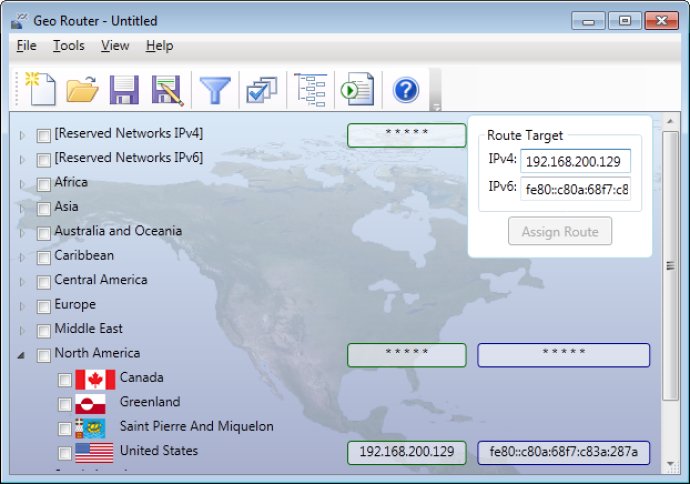The geography-based router functions with one network card and IP address, making it ideal for cloud environments that require country-specific network traffic isolation or partitioning.

I was intrigued by the fact that this router does not require at least two distinct network interfaces like standard routers typically do. Instead, it uses Network Address Translation, which allows it to get the job done with just one network interface and one IP address. Plus, it requires no manual configuration as it automatically configures itself.
The Geo Router serves as a server and receives connection requests from users all over the world. What I particularly liked is that these users are not exposed to the routing and IP address translation that happens in the background. To them, the Geo Router appears as a regular server. And when the router forwards network traffic to specified route targets or servers that provide actual content, it performs IP address translation. This makes the traffic processed by the router look like it originated from the Geo Router.
One particularly noteworthy feature of the Geo Router is that it improves content server security. It does this by adding firewall rules that allow only the network traffic from the Geo Router. This is because the Geo Router places its IP address on each packet, making it easier to strengthen security on content servers.
Lastly, I appreciated that multiple Geo Routers can work in a chain, allowing users to split and merge traffic from multiple countries. This feature really makes the router stand out for cloud-based operations.
Overall, I believe the Geo Router would be an excellent addition to any cloud-based infrastructure where geography-based routing is necessary to optimize efficiency and performance.
Version 1.0: This is a geography based router that can work with a single network card having a single IP address. This is a perfect router for the cloud environment when partitioning or isolation of country specific network traffic is needed.